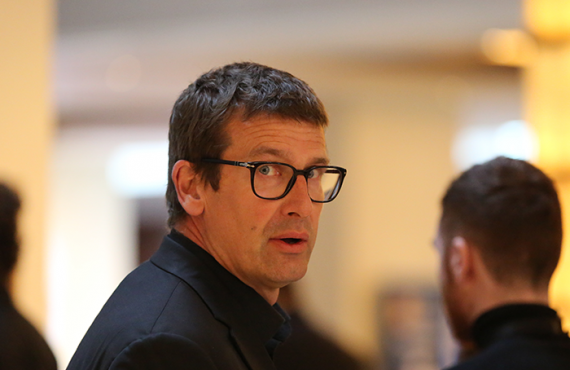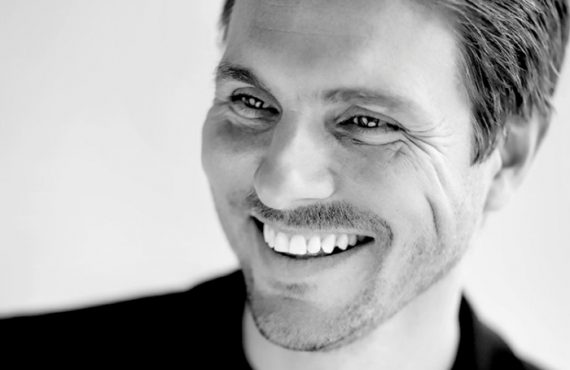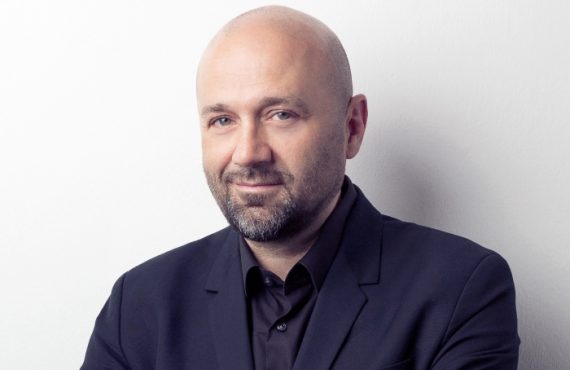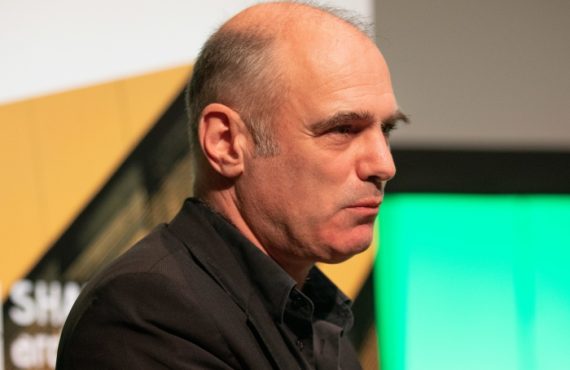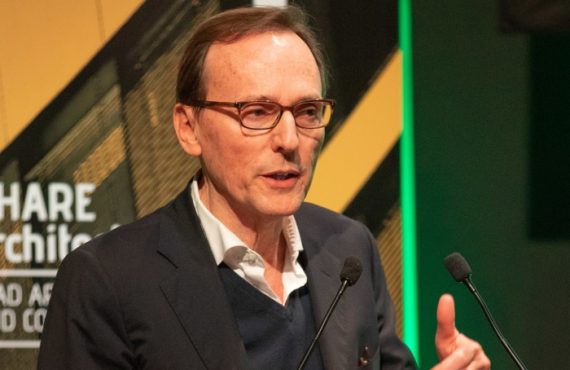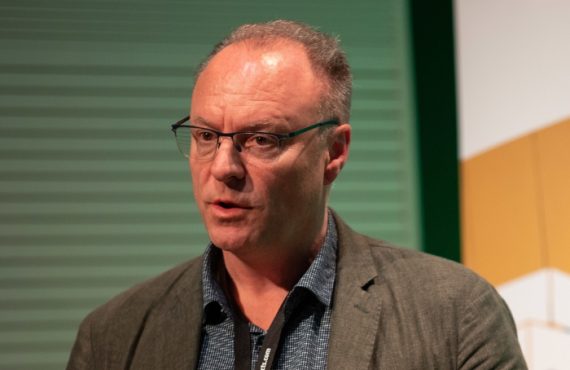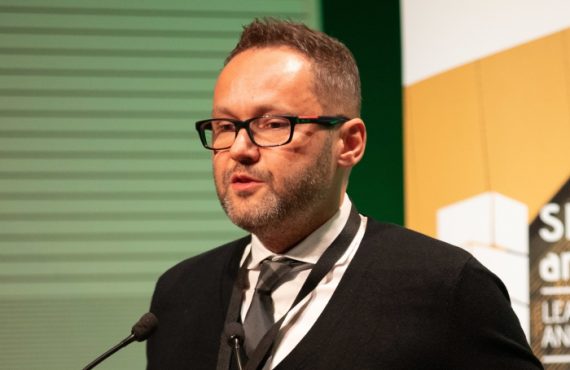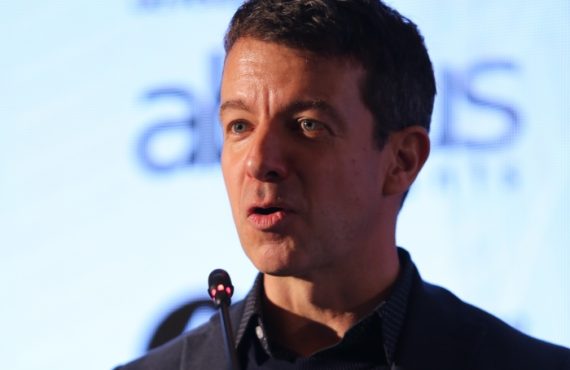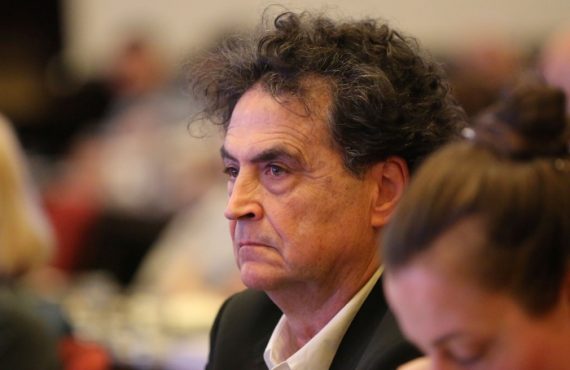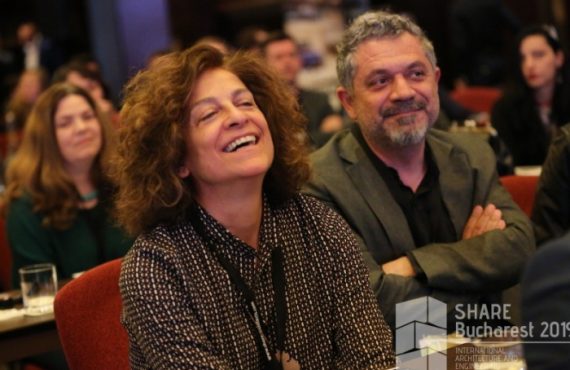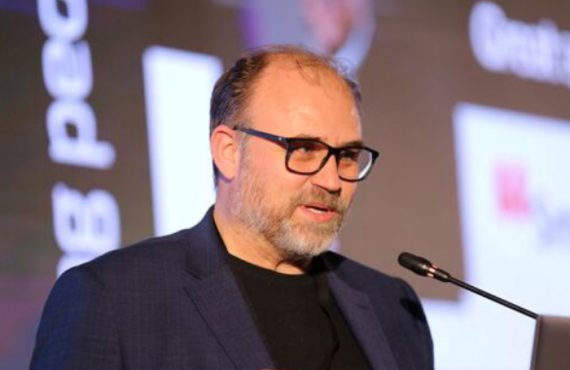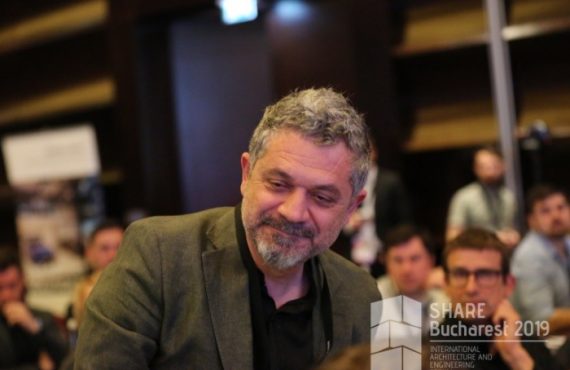I can well remember the year 1999: we had nothing to do, no job at all and we wanted to open a pizza place as a family business because architecture didn’t work at all. We had thought about this for a week but decided to return to architecture. I think it is very important that you have some people with you from the beginning of your career because that helps you grow. I think the moments when you start questioning what has to be changed are crucial.
Zsolt Gunther: I work together with my wife: she’s also my partner. We were both architecture students in Budapest, we met there and fell in love with each other.
A.R.M.: [laughs] Because of architecture?
Z.G: [laughs] No, no! That was an extra. As it turned out, we cannot only live together, but have to work together as architects. We didn’t work together in the beginning: we were just sharing thoughts about architecture.
A.R.M.: Did she have her own projects and did you use to exchange thoughts about them?
Z.G.: This happened from the very beginning. You know, when two human beings are together they start talking about different things. Since we were both studying architecture, we talked about architecture. We inspired each other and once we started to work together in a competition project wonderful things happened. It occurred during the software revolution from 1990, so we wanted to see something else after graduation. So we moved to Holland and spent two or three years there in order to get some experience, then we came back to Hungary and set up our own office. We didn’t have anything but the belief that we have to be architects and have our own studio. The first four or five years have been really hard: we barely had anything, a lot of our projects haven’t been built, but it was very important to have a strong foundation for the future. You need to be tough and afterwards you start getting more commissions; that’s how you get your training and if you are strong enough it is going to work somehow.
A.R.M.: Do you think that working with a relative has been an advantage for you?
Z.G.: Architecture, in my opinion, is not about individuals, it is about teams. Two people are a small team! Even if you cannot rely on your own ideas but there is some kind of dialogue between the people, you can go much further: the process is more inspiring and the result is so much better. If you are alone as an architect, you are not critical enough about yourself that is why you need to have someone else who can be very critical.
A.R.M.: Someone that can have an objective view on a matter.
Z.G.: Yes! Architects fully interact with their houses, so if someone from the outside points out that something is not right, they get the chance to reconsider some parts of the project. I think a very important procedure in our office is the fact that you can ask questions about a project and also be very critical if something doesn’t appeal to you.
A.R.M.: How big is your team now?
Z.G.: We now have fifty people. I don’t know if that’s enough because you need to be present and interacting with the people during a project.
A.R.M.: Do you remember a significant turning point in your career?
Z.G.: I can well remember the year 1999: we had nothing to do, no job at all and we wanted to open a pizza place as a family business because architecture didn’t work at all. We had thought about this for a week but decided to return to architecture. I think it is very important that you have some people with you from the beginning of your career because that helps you grow. I think the moments when you start questioning what has to be changed are crucial. At the beginning you are happy to build something: we had a few industrial buildings and after two or three years we considered that was enough.
A.R.M.: How do you perceive the evolution of architecture during time in your country?
Z.G.: I think when we started in 1992 there was quite an interesting scene: it was the age of constructivism. Postmodernism was over and something fresh was coming. It also meant that modernism had been reevaluated and lots of new sources of inspiration came into sight, including computers. All that turned out to be quite fashionable to me and I had the feeling we were going back to the basics, again. Architecture is about spaces and light, while it can be about interesting forms, but it cannot be general.
A.R.M.: Should we stick with the fundamental genuine values of architecture?
Z.G.: Of course, there are some new inspiring fashion trends. But you have to be aware that once you take over, you don’t need to follow any fashion, but have to remain critical. There are some tools from certain streams which can be used, but they can be very dangerous.
A.R.M.: How do you see the relevance of architecture today?
Z.G.: Architects are in a very good position at the moment because the world is becoming more and more public, which is enabling them to think and design in a complex way. I think architects are more than just people creating nice forms because we are able to have a broader view and reshape and program our world in a specific way. This is our responsibility, yet it is also a challenge!
A.R.M.: Who can be a good architect?
Z.G.: The consequent and tough person who can work on the long run in order to create meaningful buildings.
A.R.M.: Which qualities should a young architect invest in?
Z.G.: Young architects have to possess a basic knowledge of architecture, really. This is very difficult to acquire because architecture is a very complex area, but technical and functional elements are the basics for every architect. What I appreciate in young architects is their creativity, technical expertise and problem solving abilities. Homes sometimes are more like machines, so we really need to go back to real houses. They have to be able to work in a team, teamwork is crucial because you cannot be your own star in the office anymore; you have to be a part of a team and find your role inside. That’s really difficult to do, so we have a period of three or four months of supervision for the young architects that come to our office. Most of the time, they are very open and that’s how they should be! They don’t have to hold on their fixed ideas about the world, they have to be open and flexible!
A.R.M.: Can you describe your architectural practice in a single word?
Z.G.: We try to go deep into the projects during the design process and find the core values that guide us through the process from the beginning.
A.R.M.: What is your main source of happiness in architecture?
Z.G.: Once you get a project done it is like a newborn. I think it is very satisfying to have a product that you and your colleagues are content with. Another source of happiness is the completion of a building. You are not so happy at the beginning because there might be some elements that didn’t make it into the final product, but in the end joy comes from the fact that you’ve worked for people who will use that space. Happiness means coming back to a building you’ve built ten years ago and seeing that people are still satisfied with it.
A.R.M.: Have you monitored your buildings for longer periods in order to learn more about the project? Did you try to develop a supervision system of what’s already on the market?
Z.G.: We are not in contact with all of our buildings at all times, but there are some occasions to go back and see what is happening. We are not really interested in the technical details, we want to find out if people are happy and how they use the space. It is very interesting when you think you have created a quite open space and see that people use it exactly as you’ve foreseen it.
A.R.M.: This is rewarding!
Z.G.: Buildings are living their own lives, there is no way to influence this because users have their own rights and they leave some marks on the building. The best thing is to see that people are happy in that building!
A.R.M.: Thank you for your time!

Zsolt GUNTHER
He co-founded 3h architecture with Katalin Csillag in 1994. In the past 25 years the firm’s activities included the design of office, residential, public and ecclesiastical buildings and the restoration of historic buildings. The office takes pride in both its flair for imaginative concepts and its skill in finding cutting-edge technical solutions. Most recently, in 2018 3h architecture won 3rd prize in the Budapest South Gate International Master Plan Design Competition.
Zsolt Gunther was awarded the Hungarian Ybl Prize in 2005. At present, he is one of the leading designers of 3h architecture, he devotes himself to architectural research in the field of spatiality and contemporary use of monuments.
Find out more: https://3h.hu/work/index.php


